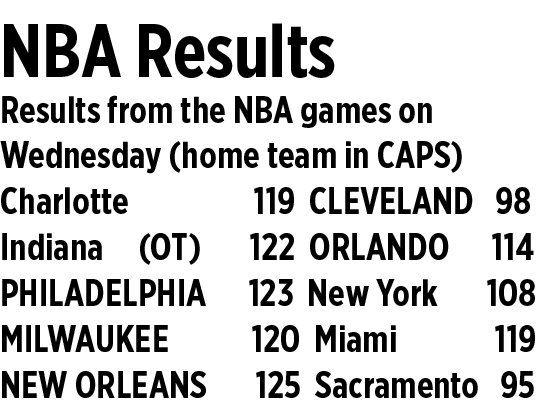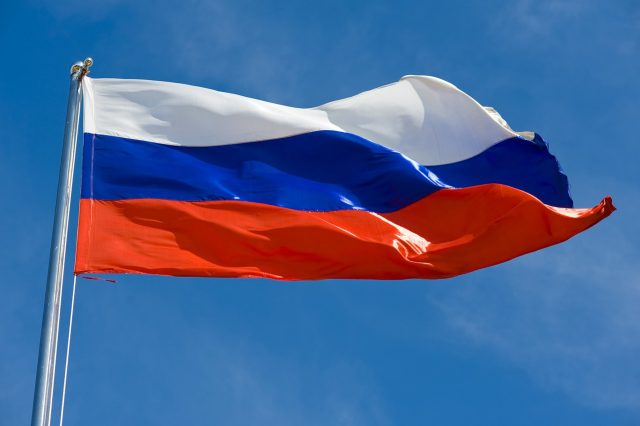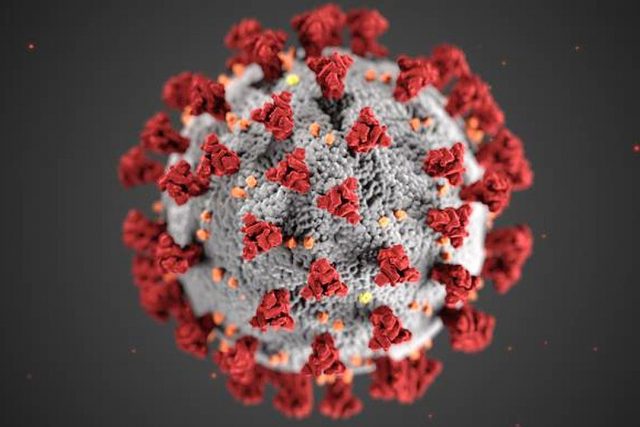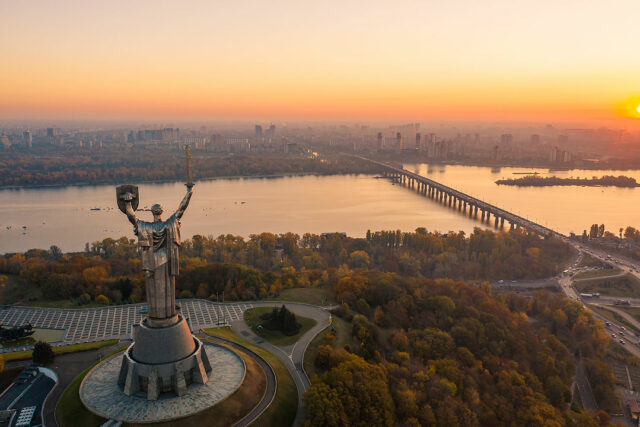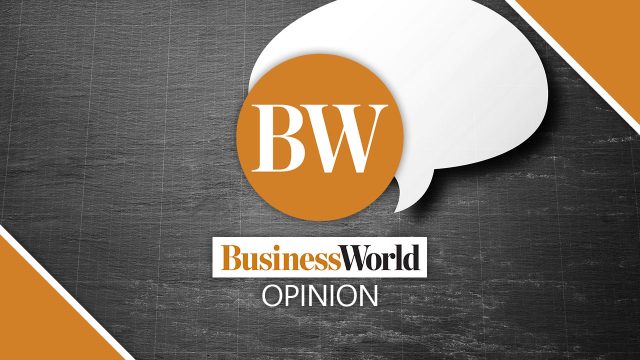When even actor Robert de Niro chose to be partisan on Ukraine because “it’s not even about democracy, it’s about right and wrong,” it’s almost criminal to stay neutral and not do anything.
The Philippines at first chose to be a fence sitter, notwithstanding its unique status as a United Nations (UN) founding member. We have unequivocally stood against war as a means of dispute settlement among nations.
Mirroring this stance, as late as a few days after the Russian invasion of Ukraine on Feb. 24, the Philippines’ defense secretary issued a position on Ukraine, only to express that “we should not meddle in the affairs in Europe because we are not beside the borders of Ukraine.” This is like saying China would not meddle in West Philippine Sea because we don’t share common borders in the mainland.
It’s good the Philippines finally decided, on Feb. 28, to support the UN General Assembly resolution and express “explicit condemnation of the invasion of Ukraine.” The Russian invasion violated one of the core principles of the UN Charter which is the prohibition of the use of force against the territorial integrity of an independent member state. After all, there are various options to achieve pacific settlement of disputes including negotiation, inquiry, mediation, and other similar processes.
At the beginning, Russian President Vladimir Putin seemed serious in settling this issue by negotiation. In early December, he had a video conversation with US President Joe Biden that geopolitical observers thought would prevent what has now become a full-scale war. Putin himself described this high-level discussion as “open, substantive and constructive.”
It turned out that while all these talks were in progress, Russia was busy building up its military presence along the border with Ukraine. The Washington Post quoted US intelligence sources in December 2021 saying Russia was believed to be capable of deploying a hundred battalion-tactical groups that could easily convert into 175,000 troops in the new year. The Financial Times also reported last year that Russia could position its war machine close to the border in no time at all.
The tension that culminated in the Russian incursion was not new, it was something that was bound to happen. Ukraine used to be part of the Soviet bloc. Russia expected it to remain aligned with Moscow or uphold neutrality.
After Ukraine’s Putin-backed President Viktor Yanukovych was deposed in 2014 and Russia annexed Crimea, some enclaves in the Donbass region were given some autonomy. The so-called Minsk agreements allowed these concessions which are hardly consistent with Ukraine’s independence.
The successors of Yanukovych, Petro Poroshenko and Volodymyr Zelensky, promoted Ukraine’s independence and clamped down on Putin’s point persons in Ukraine. Zelensky, in particular, started to build up Ukraine’s military capacity with NATO’s assistance. Putin equated this arrangement to NATO’s more ubiquitous presence in Ukraine.
Putin is unabashedly concerned because, as The New Yorker quoted Tatiana Stanovaya, analysis firm R. Politik head, as saying: “Russia was encircled and under threat, and was required to defend itself.” Putin would also argue that the West does not respect Russian interests. It was time Russia stopped standing around: “It is ready to act, to use force to stand up for its position.”
The Feb. 24 invasion is therefore not unexpected; no one should be surprised, especially when Putin called the allied countries’ threats of trade and financial sanctions. Earlier, Russia did not make negotiation any easier by issuing a list of impossible demands.
With actual invasion in place, Putin formalized his conditions for ending his offensive through French President Emmanuel Macron. “Putin stressed that a settlement is possible only if Russia’s legitimate security interests are unconditionally taken into account, including the recognition of Russian sovereignty over Crimea, the demilitarization and denazification of the Ukrainian state and ensuring its neutral status.”
The allied forces must have misjudged Putin.
Putin is not just doing a military offensive. He is slaughtering civilians and bombing residential areas with no critical infrastructure or military strategic importance. By some accounts, around 350 civilians including children have already perished since the invasion. The US and Europe could only impose trade and financial sanctions against Russia, extend humanitarian aid, and threaten to prohibit Russian airlines from US airspace.
Some allied countries have proposed to cut off Russia from the SWIFT (Society of Worldwide Interbank Financial Telecommunication) bank messaging system. Russia, out of SWIFT, could generate serious global spillovers. While SWIFT does not move the money through its network of financial institutions, it moves the information about the money, Harvard’s Alexandra Vacroux clarified.
She further explained that when Iran was removed from the system many years ago, the country “lost half of their export revenues and 30% of their foreign trade.”
Ukraine will soon discover it might be fighting its own lonely battle alone. Ukraine had to mobilize even civilians to defend the nation’s capital Kyiv and other strategic areas. The US and Europe risk fighting a global war should they get embroiled in Ukraine. President Biden summed it all in his recent State of the Union address: “Let me be clear, our forces are not engaged and will not engage in conflict with Russian forces in Ukraine.”
It is clear that the US’ provision of $650 million in security assistance to Ukraine last year alone is nothing but a surrogate to US troops being actually deployed.
The heroic gambit of Biden against Putin is that sanctions and sustained international criticism will force Putin to withdraw. They also pin their hope on the big oligarchs supporting Putin to reconsider once the monkey wrench starts to work. But Putin, being Putin, might not care less even if the ruble has lost nearly a third of its value and the equities market remains closed. To him, Russian sovereignty and territorial integrity are at stake. Russia was shamelessly cheated with NATO’s eastern expansion.
Will this be a protracted engagement?
Costs to humanity have been incredibly high in Ukraine. Lives have been lost, many have been injured and forced to flee. Physical infrastructure has been destroyed in a big way. For its macroeconomic viability, the IMF and the World Bank have collaborated to support the embattled country. Emergency financing has been requested by Ukraine from the Fund under the Rapid Financing Instrument which may be acted upon by the Fund’s Executive Board by next week. Ukraine has an existing Stand-By Arrangement with an available balance of $2.2 billion. The World Bank is also preparing a $3-billion package consisting of budget support as well as for health and education.
In short, Ukraine could hardly afford to wage a war. Resisting Russia is necessary and defensive, but it will be costly in terms of logistics and Ukrainian lives. The UN should continue to press for a peaceful settlement.
Russia should also realize its equally unviable position. A 30-year member of the Fund, it has requested assistance four times. Russia is among several countries identified by the Fund as having systemically important financial sectors and therefore, any destabilizing event like its invasion of Ukraine and possible trade and financial sanctions would have serious global implications. Yes, Russia can move markets because it is one of the world’s biggest oil and wheat exporters. Ukraine’s very own Black Sea ports during this time have been closed, further squeezing global supply. But tampering with market forces will not do good to Russia as well.
But lest the US and Europe think that their sanctions will bring enlightenment to Putin, Russia’s economic trouble will ultimately wreak havoc on the global economy itself. Russia can retaliate with some force. Zero-sum war it is.
We therefore agree with Nouriel Roubini that it is incorrect to think that the Russian invasion will only have a minor and temporary economic and financial impact. His key take away is hardly debatable: “Putin’s war will strike a massive blow to global confidence at a time when fragile recovery was already entering a period of uncertainty and rising inflationary pressures. The knock-on effects from the Ukraine crisis will be anything but transitory.”
For us in the Philippines, it would be illusory to think that we can afford to be neutral. A fallout from this crisis is a fallout, it could hit us from thousands of miles away over even a longer period after the last Russian soldier marches out of Ukraine.
Diwa C. Guinigundo is the former deputy governor for the Monetary and Economics Sector, the Bangko Sentral ng Pilipinas (BSP). He served the BSP for 41 years. In 2001-2003, he was alternate executive director at the International Monetary Fund in Washington, DC. He is the senior pastor of the Fullness of Christ International Ministries in Mandaluyong.




